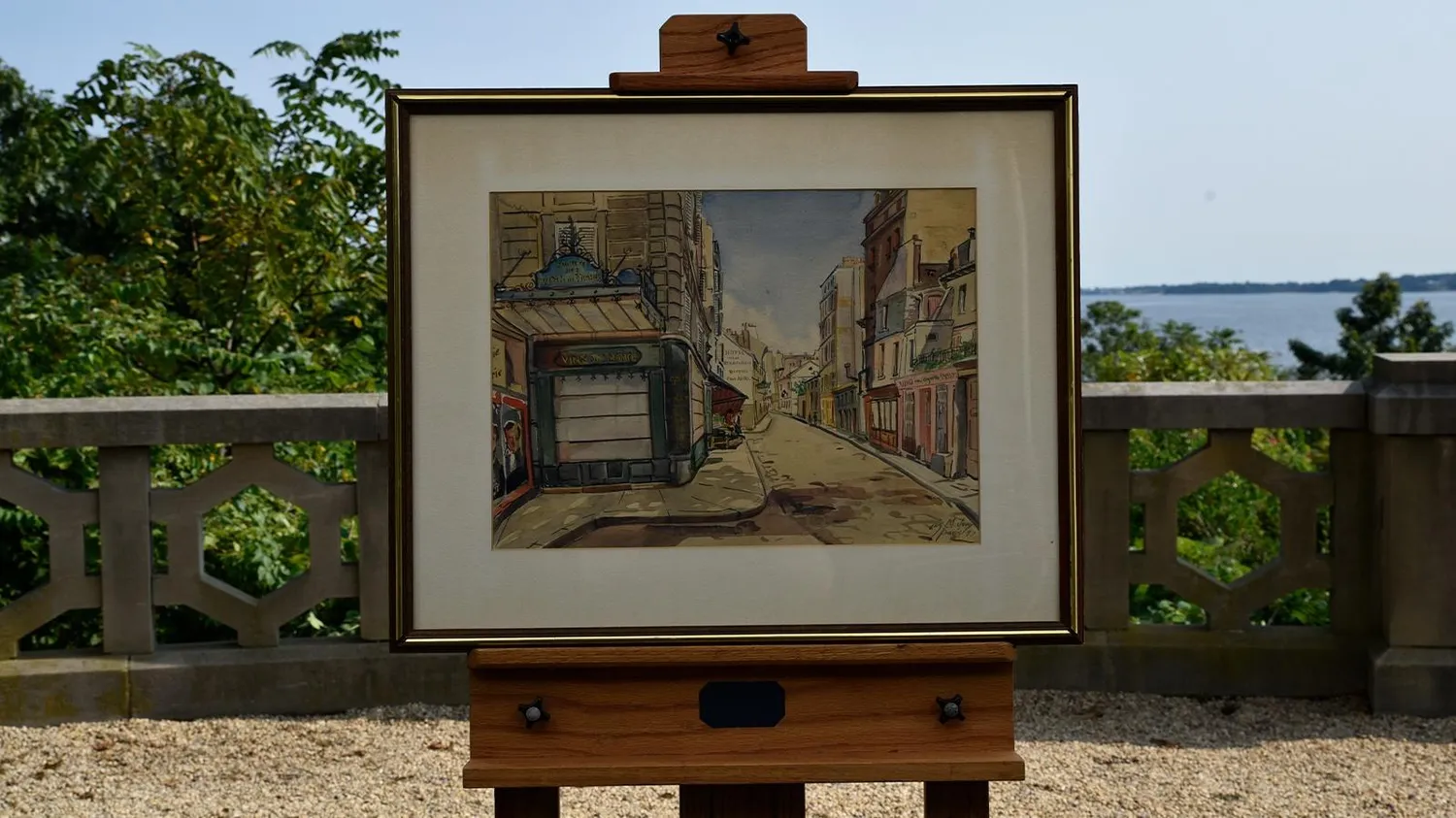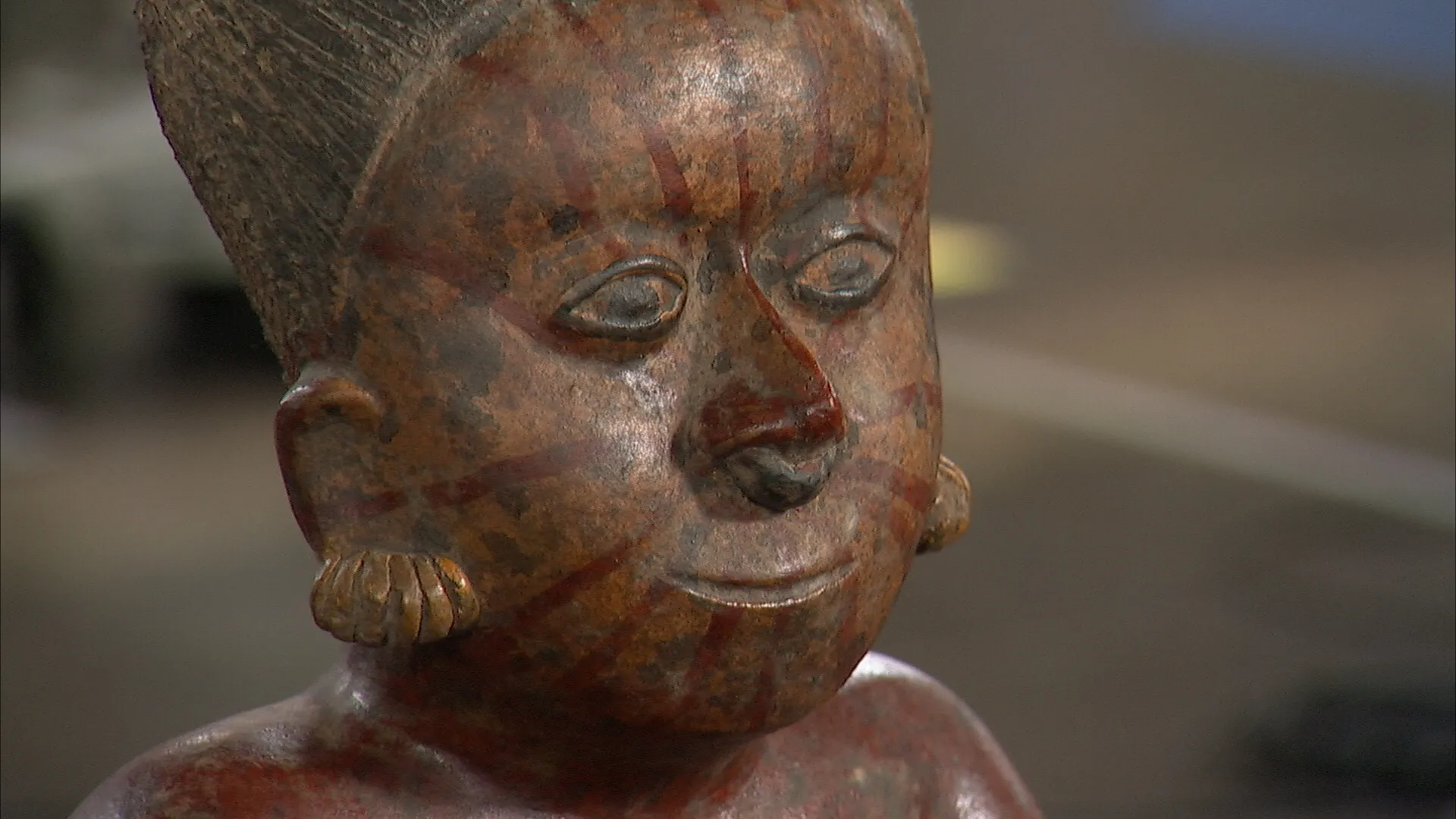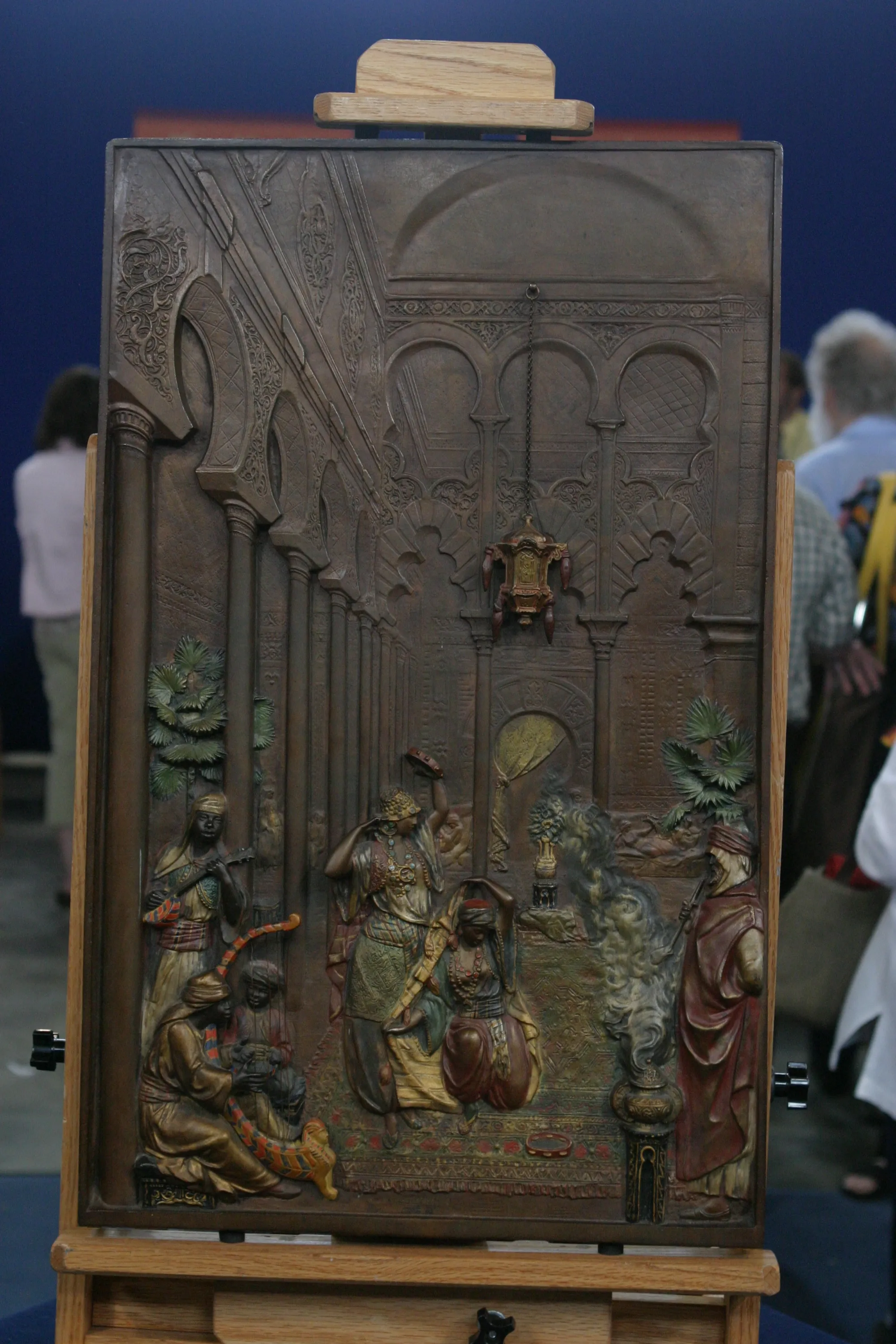GUEST: Grandma was a maid in New York City. She worked for a wealthy family, and this was something that they gifted her. I don't know why they gifted it to her. She in turn gave it to my dad, and he in turn gave it to me in a coffee can. It's been in the coffee can for, I'd say, maybe 40 years.
APPRAISER: These were souvenirs that people bought when they traveled Europe in the, in the l... 19th century.
GUEST: Oh, wow. That's pretty cool! (chuckles)
APPRAISER: It's very cool. Often they were scenes of antiquity, or historical places that they visited, scenes in mythology, famous rulers...
GUEST: Oh, wow.
APPRAISER: ...primarily of the continent. And it was something that was pretty commonplace as what's called the Grand Tour. And that was part of a educational process that any person of certain means was expected to fill as part of their education in the classics, beginning in the late 1600s and really going through the 19th century. And often these would have been seen in albums, and they would have had a legend, which, you still have the legend, and a couple of them that I separated out, if you look at this one, this is, uh, number 15, we go over here to the list and let's see what number 15 is.
GUEST: Oh, okay, yes.
APPRAISER: "Alexander's Triumph."
GUEST: Oh.
APPRAISER: And then you have, uh, the Last Supper, which is number 74, and that is right up here. And that is "The Lord's Supper With the Apostles" by Leonardo da Vinci.
GUEST: Wow.
APPRAISER: It also says, shows that it was in Milan at the time.
GUEST: So that's when they saw it. They saw it in Milan.
APPRAISER: They saw it when it was in Milan. So your examples are made of plaster, but in addition to plaster, which is the most common medium that you see these made of, you do see them made out of molded marble dust, sometimes wax that has been colored, and occasionally, on more expensive examples, you see them made of carved wood or carved stone.
GUEST: Wow.
APPRAISER: How many of these do you have?
GUEST: I think there are 79.
APPRAISER: 79?
GUEST: I'm pretty sure it's 79.
APPRAISER: So there's 102 listed on your inventory there, so clearly some of them were removed at some point.
GUEST: Maybe broken or something?
APPRAISER: Well, they could have gotten broken, but they could've also gotten framed and hung up as decorative wall plaques.
GUEST: Oh, wow.
APPRAISER: I would say a group of 79, as you have, would probably sell at auction in the $2,000 to $4,000 range.
GUEST: Wow! (chuckles) For something sitting in a coffee can for 40 years.
APPRAISER: You might think about getting them out and having them framed.
GUEST: Wow. Yeah, that's, that's, that's so cool.
APPRAISER: Will they return to the coffee can or do you have any plans?
GUEST: (laughs): For now, they might return to the coffee can.








